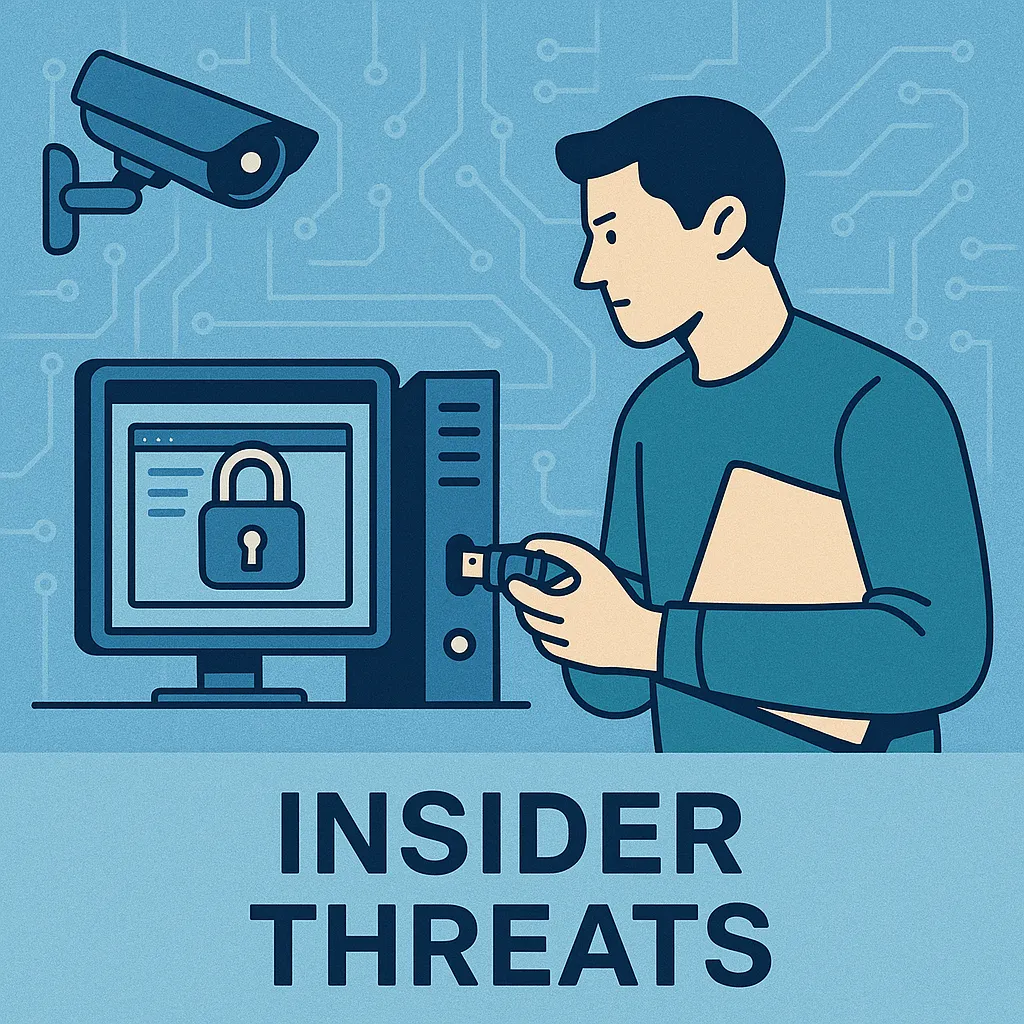Unseen Dangers: Unpacking the Risk of Insider Threats in Cybersecurity
Imagine logging into your work system only to discover unauthorized transactions, exposed confidential data, or tampered files, and then realizing the threat came from someone within your organization. This nightmare scenario exemplifies the critical challenge posed by insider threats, a prevalent and evolving danger in the realm of cybersecurity.
What is an Insider Threat?
According to the Cybersecurity and Infrastructure Security Agency (CISA), an insider threat is the potential for an individual with authorized access to the organization’s assets to use this access maliciously or inadvertently to inflict harm upon the organization. Entities like IBM and Fortinet further elaborate that these threats not only involve deliberate malice but can also result from careless or untrained staff leading to significant security breaches.
Categories of Insider Threats
Insider threats can manifest in several forms, differing in motivation and method:
- Malignant Insiders: These are individuals who intentionally harm the organization, often motivated by revenge, financial gain, or espionage.
- Unintentional Insiders: Employees who unknowingly cause damage through negligence, such as by falling for phishing scams or mismanaging data.
- Infiltrators: Entities who gain inside access through false pretenses to conduct malicious activities.
Real-World Examples
In one significant incident detailed on a Homeland Security site, an employee leaked sensitive data to competitors leading to huge financial and reputational damage (Homeland Security). Another example is when an IT administrator at a major firm went rogue, deleting critical data files as a form of extortion.
Understanding the Impact
Insider threats are among the costliest cyber-attacks. They take longer to detect and contain, leading to greater damage. A recent study suggests that incidents like these can take an average of more than 70 days to be contained.
Strategies for Mitigation
The first step in mitigating insider threats is recognizing that anyone could potentially pose a risk. Effective strategies include:
- Comprehensive background checks and continuous monitoring of sensitive roles.
- Implementing strict data access controls and security protocols.
- Education and training programs to emphasize the importance of data security.
- Deploying behavior analytics to monitor for unusual activity patterns that could indicate insider threats.
Conclusion and Takeaway
In conclusion, protecting your organization from insider threats requires vigilance, advanced planning, and the adoption of a multi-layered security approach. Early detection and rapid response are crucial for minimizing damage. Awareness and training are your first defense against these potentially catastrophic events.
